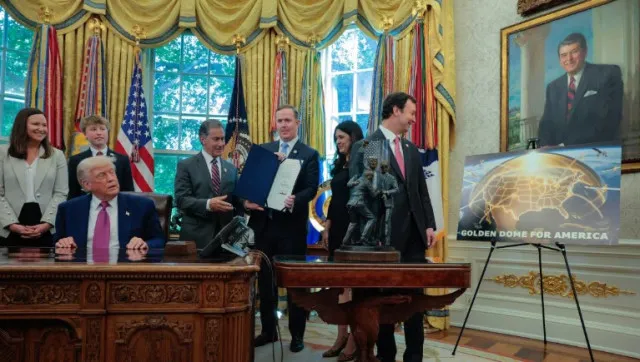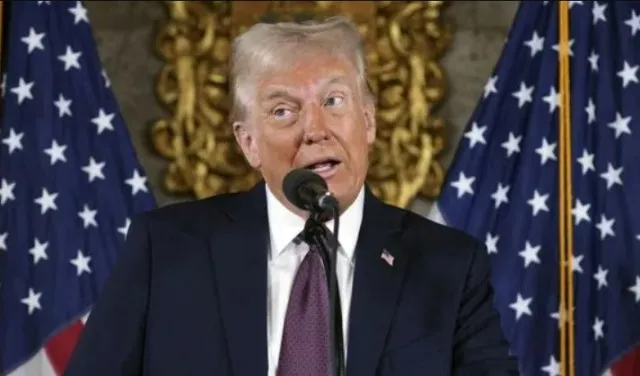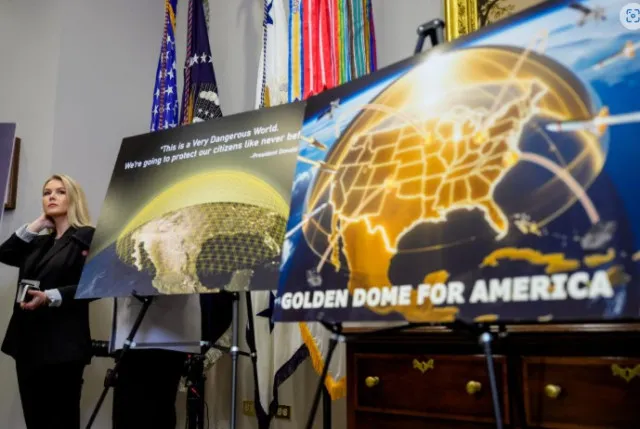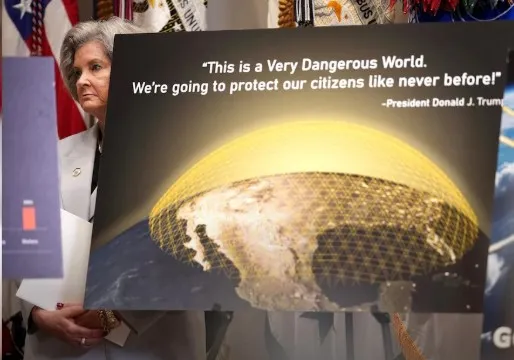The Pentagon plans to build Trump’s Golden Dome missile shield, a costly space defense system that may exceed hundreds of billions.
The Trump administration is preparing to select from three Pentagon-proposed plans for a national missile defense system called “Golden Dome.”
This space-based shield is designed to protect the U.S. from advanced missile threats.
The small, medium, and large-scale Golden Dome options have projected costs ranging from tens to hundreds of billions of dollars.
President Trump is expected to announce soon, defining the system’s scope and guiding future long-term defense spending.

Trump’s proposed ‘Golden Dome’ missile shield faces potential costs reaching hundreds of billions
Although $25 billion is allocated in the defense budget, experts say this amount is only a small portion of the system’s total cost.
A Congressional Budget Office analysis estimates the 20-year cost of fully developing and deploying the Golden Dome could exceed $500 billion.
Despite the high costs, the initiative is gaining early support in Congress.
Lawmakers have included a “down payment” in a reconciliation bill, allocating billions for space-based sensors, interceptors, and launch infrastructure.
The private sector to play a key role in development
Due to the project’s complexity, the government will depend heavily on private contractors to develop Golden Dome.
Elon Musk’s SpaceX, Anduril, and Palantir have pitched their capabilities directly to Defense Secretary Pete Hegseth.

Despite criticism over Musk’s Trump ties, insiders say SpaceX’s capabilities make it a leading contender for key Golden Dome contracts.
Military leadership and management are still unclear
The Pentagon may appoint a dedicated program manager, called the “Golden Dome czar,” to oversee this vast and complex project.
Gen. Michael A. Guetlein, vice chief of space operations, is one of the top candidates for the role.
His background in space defense procurement could make him well-suited to guide the program.
However, the project’s early stages have already seen delays, with the Pentagon missing a Trump-imposed March deadline to deliver a full plan.

‘Golden Dome’ project faces challenges in scope, technology, and bureaucracy
The ambition behind the Golden Dome far exceeds previous U.S. missile defense initiatives.
Israel’s Iron Dome is designed to protect against short-range threats in a small area.
Trump’s vision aims to shield the entire U.S. from long-range ballistic and hypersonic missiles from adversaries like China, Russia, Iran, and North Korea.
Experts warn that major technological challenges and complex coordination between agencies and contractors are crucial to avoid cost overruns and delays.

The system will integrate existing and new capabilities
Insiders reveal Golden Dome will coordinate about 100 programs, many already in development within the Defense Department.
The key new element is an advanced command and control system to unify and integrate the various existing missile defense programs.
This system’s backbone is crucial for success and may be one of the most technically challenging parts.
Political stakes and internal Pentagon tensions
Trump’s push for a space-based missile shield has already sparked internal tensions.
Delays tied to slow responses from Defense Secretary Hegseth’s team have led to White House frustration.
At one point, a key memo initiating the program went unsigned for three weeks.
Early management problems have cast doubt on whether Hegseth is fit to lead Trump’s costly national security project.

Uncertainty remains as the project moves forward
While President Trump has declared the project “under construction,” congressional leaders like Sen.
Jack Reed cautions that the Golden Dome remains mostly conceptual.
Still, the administration is moving ahead, seeking to show early progress to secure future funding and public backing.
The next few months will be crucial as choices on structure, leadership, and contractors shape one of America’s most ambitious defense projects.